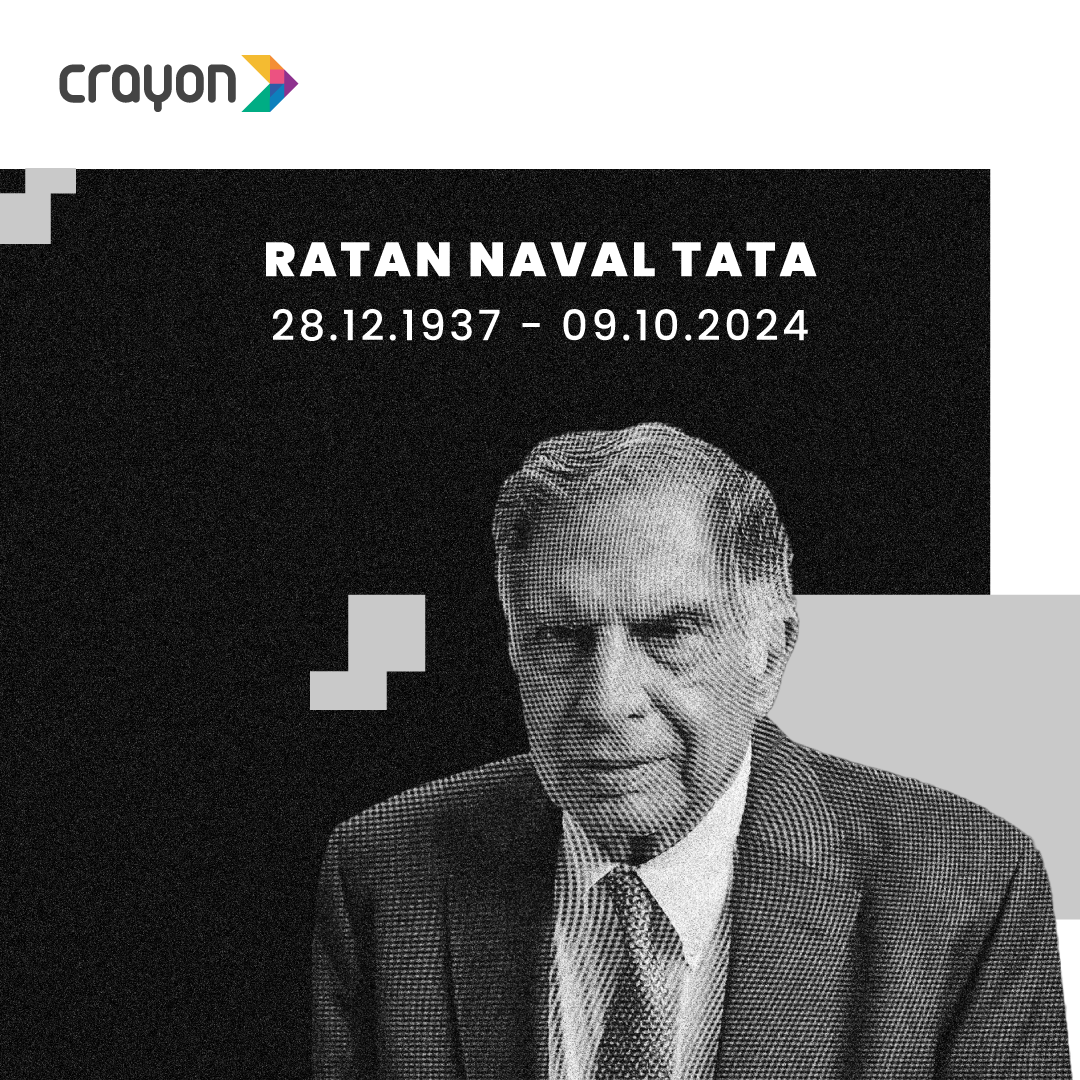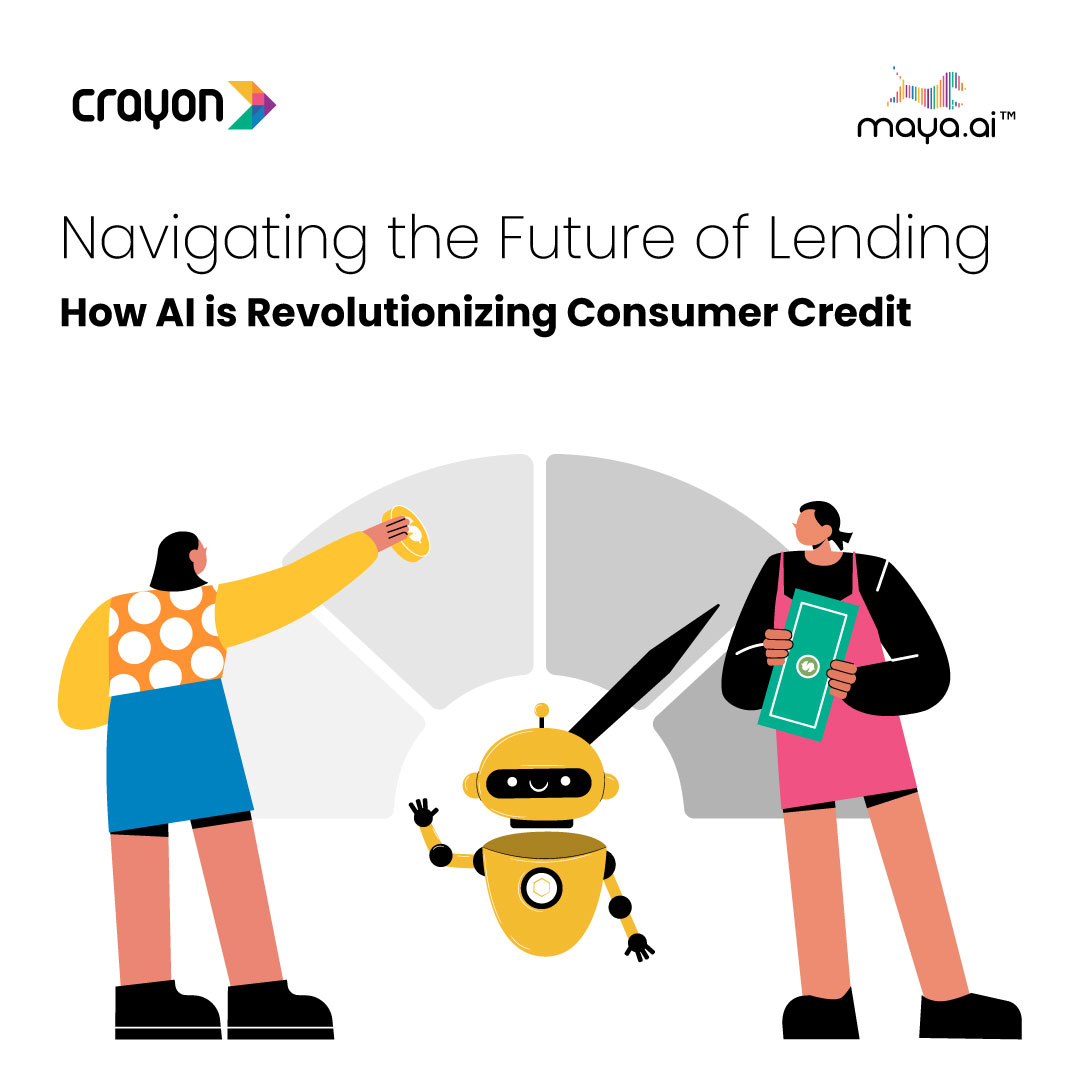If you are considering recruiting a C-level executive in charge of data science, you are not alone. More and more analytics-driven companies are finding office space for this critical role. Even the Commander-in-Chief is jumping on the chief-of-data-science bandwagon. The highest office in the land recently bestowed a former corporate executive with the title of Chief Data Scientist.
The key to determining whether or not you need to bring on board a master of all things data science rests with one key question: what can the Chief Data Scientist do with the incredible influx of data that’s not already being done today? For most organizations, the answer is a great deal more. In fact, the right Chief Data Scientist can turn an organization that dwells on the past into an enterprise that prepares for the future.
Rapid advances of emerging technologies, the consumerization of technology, and the emergence of Internet of Things are churning out an inconceivable amount of data. The potential is enormous for organizations to harness this deluge of data to advance strategic business goals such as:
- Understanding at a deep level what customers need and want, without necessarily asking them, but observing their actions and decisions;
- Creating new products and services that are personalized to consumers without necessarily making them more complex or complicated;
- Managing risks (both traditional and emerging risks like cyber risk) and meeting regulatory demands;
- Sharing information across the organization and between organizations to improve and streamline operations and the entire supply chain;
- Driving innovation to enable disruptive change across customer, product, sales and distribution channels.
Struggling to Move from Data to Insight
Eighty-four percent of CEOs in the 18th Annual Global CEO Survey say that investments in data and analytics deliver high value. But, according to the 6th Annual Digital IQ survey of nearly 1,500 business and technology executives, 55% of respondents are struggling to move from data to insight. The problem is that organizations are accustomed to taking a historical perspective on data. They use business intelligence systems and IT dashboards to view data through the lens of a rear-view mirror. To reap the benefits of big data, organizations must look forward – build predictive models that project into the future, run ‘what-if’ scenarios to prepare for the uncertain future, and potentially build prescriptive models that automate decision making. Here’s where the Chief Data Scientist comes in.
The Business case for the Chief Data Scientist
Using data to build predictive models and conduct ‘what-if’ future scenarios requires a new set of skills. It’s one of the major reasons why the Chief Data Scientist is needed. The role requires a combination of business domain and data management knowledge as well as the mathematical and statistical talent to build predictive and prescriptive models.
Equally important, the Chief Data Scientist must serve as the champion of data science with the mandate to combine internal and external data and generate insights that enhance business decision making. As it stands now, business groups are used to working with different data experts to determine what happened and why it happened as opposed to what is likely to happen and what to do when certain situations arise. As a result, they have traditionally used data for gathering business intelligence after the fact, and not used data and insights to predict what is likely to happen or prepare for future scenarios.
The bottom line is that the enterprise is inundated with data and the potential to tap that data to capture market share is an opportunity that organizations cannot afford to squander. But, riding the data wave requires new predictive modeling and scenario modeling skills, business knowledge, a dedication to integration and someone to champion the cause. Despite the amount of effort it’ll take to create a data-driven organization, bringing a chief of data science on board is an easy decision for most organizations to make. You do not need to build a predictive model to see that the benefits are crystal clear.
This article originally appeared here. Republished with permission. Submit your copyright complaints here.




